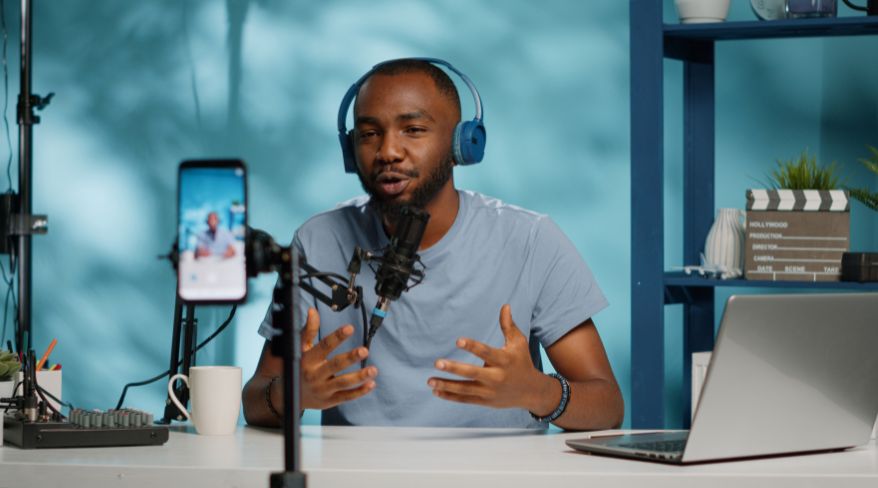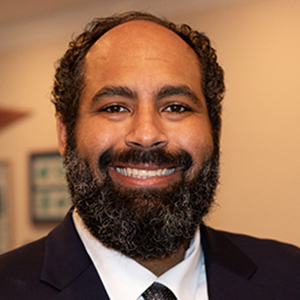Storytelling through video and audio media is a powerful tool to reach audiences in the nonprofit sector, allowing organizations to mold an emotion or experience into an expression for larger consumption. As a media consultant and producer in the nonprofit and medical education sectors, reliance on unique and up-to-date storytelling is frequent. Technology can become obsolete, and while having expensive equipment might be important in the right setting, the primary goals are best achieved when conveying a story that increases awareness and promotes fundraising opportunities. To achieve this, three tools of storytelling are often used: characters, conversations, and causes. At least one of these three tools is utilized whenever a story is told to an audience.
Creating Impactful Characters in Nonprofit Storytelling
A good character can make storytelling easy, even when the subject matter is challenging, moving, or difficult. While creating video content to spread awareness about the severity of illnesses, the best characters aren’t the doctors or the heads of organizations but the real patients who feel comfortable and compelled to share their story on camera. A producer isn’t looking for someone to ham it up or dramatize their experience but for someone who knows how to relax and be honest. They seek answers to questions like “How long have you been sick?” “What was your reaction when you found out?” “How have you been dealing with your diagnosis?” Viewers quickly decide if someone is being truthful, and an honest, dynamic character that places them in their shoes by telling their story builds empathy for the patient and trust for the brand.
A character can help with brand recognition in a world filled with a multitude of graphics and sound effects. Companies can define their online presence by selecting trusted characters to present important information through corporate channels and social media platforms. Whether someone has a great spark when looking into a camera or a calm tone that delivers complicated information in an easily understandable way, this is their character, and they can help people stop and listen to an organization’s ultimate mission or purpose. Taking it a step further, it is essential to explain who these characters are. For example, while producing for a medical education platform hosted entirely by medical professionals, video shorts can profile these hosts. These doctors and nurses are meant to be trusted voices in the medical field, yet nobody knows who they are. By highlighting these hosts, their medical background, and their passions in medicine, their stories are told, helping these hosts become trusted personalities, or characters, for the online platform.
Engaging Audiences with Conversations
As a content creator that thinks of ideas for both video and audio platforms, using conversations to tell stories is most enjoyable. When first creating videos and podcasts for nonprofits, the most popular type of content people wanted was a conversation branded as an “expert interview.” This involved a facilitator with credibility asking questions to an expert in their field, who then fills in the host on the information they want to know. Before the podcast boom, many organizations used didactic lectures and abstract presentations that could be given at a conference, lacking a personal touch. With the popularity of podcasts, Ted Talks, and intimate roundtables with notable people, audiences now have a greater appreciation for informal education that is engaging and personal.
It isn’t always so fluid, admittedly. There are heavily scripted infomercial-style interviews that exist in the same space. But a conversation? Audiences love listening in on conversations because they feel like spontaneous stories. The host starts off broad, and the guest provides a little bit of information that should pique interest. Then the host asks the question everyone wants to ask, “How did that happen?” The aim is for the audience to feel like they’re sitting in the room with the talent. It’s not in a studio, not on the TV screen, and they’re learning the story as it unfolds, feeling like they are part of the conversation. Indeed, the biggest compliment received after airing a produced conversation is when a listener says they caught themselves talking back.
To further explore the importance of digital community engagement in nonprofit storytelling, check out this article on Effective Strategies for Digital Community Engagement.
Highlighting a Cause Through Storytelling
A story can be the reason everyone is working together: a cause. Highlighting a cause can be one of the most effective ways to tell a story, and a camera crew isn’t always necessary. The most common request from nonprofits is to take archival pictures and make them look like a place where people would want to volunteer their time or donate resources. The goal is to find pictures of employees happy to give their time and people interacting with one another, while also showing the other side of the story – the reason why people are giving. It’s important to show who or what is impacted, capturing images of families, pets, or the less fortunate being given a chance. The story may start with the architects, but the good being done is what people want to see. Stories about a cause are always powerful.
Case Study: Successful Nonprofit Storytelling
One of the most memorable storytelling experiences centered around Alzheimer’s Disease. The character was a local fashion designer who was too modest to have a conversation on camera about her successful career or the time she spends mentoring young designers. Following her around as she held fashion shows and classes with students, and interviewing people who knew her, the story to be told was outside the world of fashion. She was also caring for her mother, recently diagnosed with Alzheimer’s, and was now focusing her time, talents, and connections on spreading awareness and raising donations for the disease. This was achieved through b-roll footage and one-sided quotes from families and friends. There wasn’t even an interview with her! But with an undeniable cause, a compelling story was created that helped raise a significant sum for the foundation’s fundraising event.
The Power of Storytelling for Nonprofit Organizations
Storytelling is undeniably powerful in the nonprofit sector, employing characters, conversations, and causes as timeless tools to raise awareness, build audience trust, and inspire action. As we navigate this impactful terrain, the most rewarding aspect is our ability to amplify voices and share compelling narratives. A good story resonates, and when shared, it can inspire change and broaden support. Let’s continue to harness the power of storytelling to make a meaningful difference in our communities and beyond.






